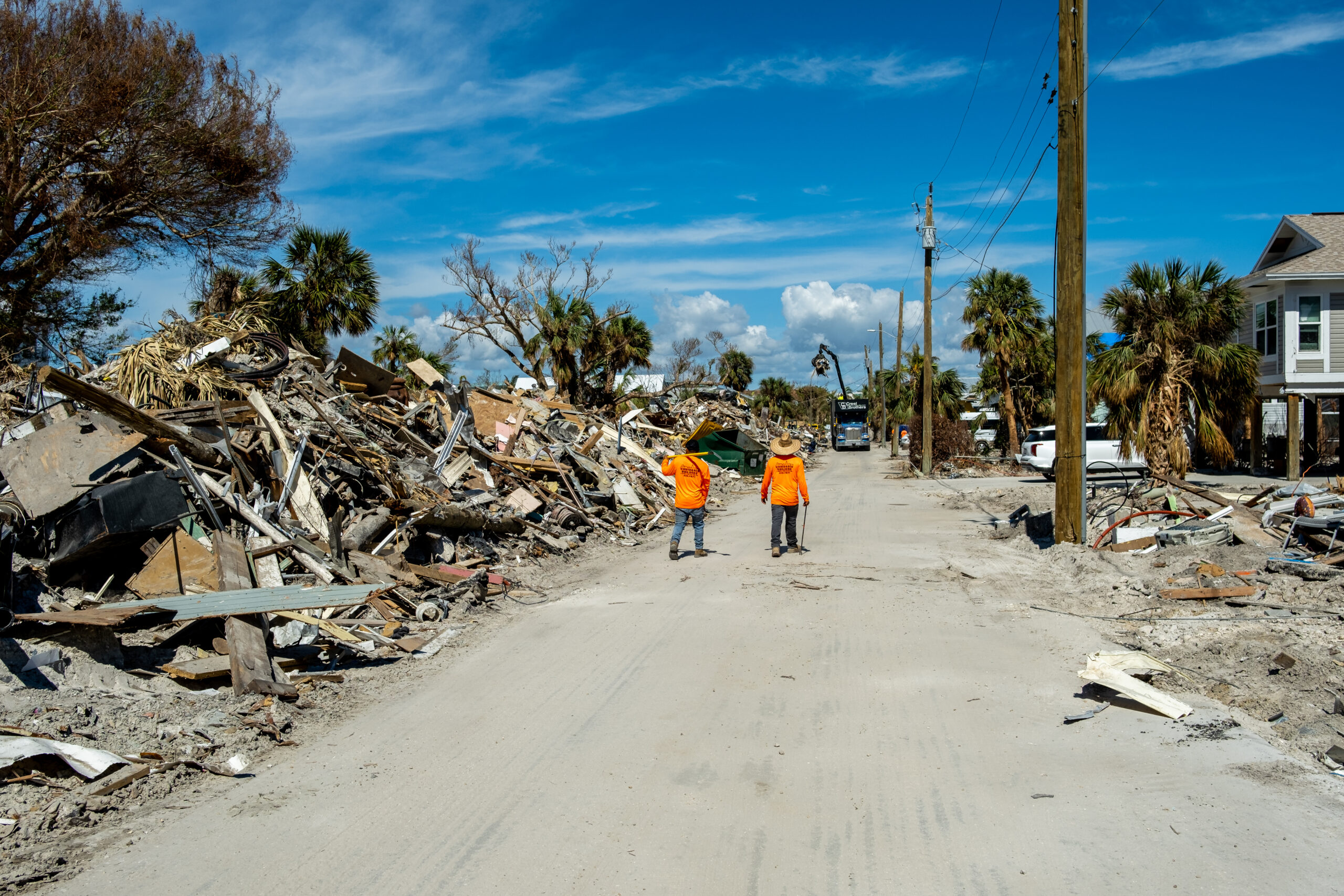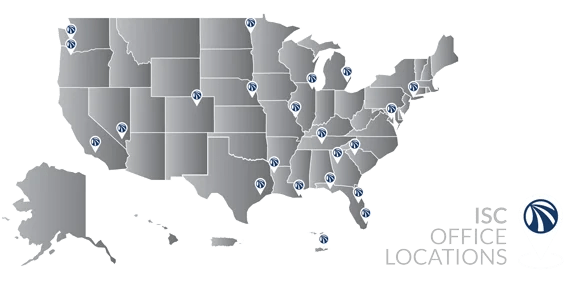When I first joined Integrated Solutions Consulting (ISC) in 2008, one of the core tenets of the company was merging the academic and practice of emergency management. Fundamental to this effort was investing the time and intellectual resources necessary to truly understand community risk. A lot has changed since 2008. Human societies have always been faced with risks and hazards. Earthquakes, massive floods, pandemics, threats to take multiple hostages or massacre large numbers of persons, wildfires and tsunamis have marked human history since the beginning of time.
The literature on crisis and disaster research suggests that we are at another important historical juncture with the emergence of a new distinctive class of disasters and crises not seen before. While we celebrate human evolution, incredible technological advancements, and an increasingly globalized and interconnected globe, with all the good comes new risks and threats. Financial and economic collapses, growing inequity within our communities, globalization and global dependencies, supply-chain disruptions, technological advances and their potential for weaponization (Artificial Intelligence, Unmanned Vehicles, Cyber, Space, etc.), and susceptibilities to our critical infrastructure are just a few emerging and growing concerns.
Are we ready? Or are we operating and managing risks and our threats based on the old paradigm?
It is commonly recognized throughout the field of emergency management that the hazard analysis and risk assessment provide the core foundation of a comprehensive emergency management program and a framework to guide and inform preparedness, response, recovery and mitigation efforts for all hazard threats. It should be noted, however, that a thorough risk assessment and vulnerability analysis has much greater usefulness than a simple output of hazard risk prioritization. The information and data that informs the risk analysis process should be used to support, serve as a reference, or even validate program and operational considerations; and, should ultimately improve the decision-making of those involved in comprehensive emergency management activities. Additionally, a comprehensive risk assessment and vulnerability analysis should offer efficiency by providing a strategy that is scalable, flexible, and compliant with state and federal grant, administrative programs, or legal requirements that guide program measures and activities.
Importantly, this process must also have the ability to identify and assess our emerging and growing risks based on changes to our communities and the evolution of our hazards and threats.
The following principles may be helpful when implementing and conducting a thorough and comprehensive risk and vulnerability assessment for your community:
Fundamental Component of Comprehensive Emergency Management: It is well recognized that the hazard analysis and risk assessment provide the core foundation for a comprehensive emergency management program. The hazard analysis and risk assessment should provide a framework for preparedness, response, recovery, and mitigation/protection.
Scalable and Flexible: The objective of a risk methodology is to devise a systematic process to compare and evaluate which natural, technological, and political hazard are the greatest threats to a jurisdiction. A consistent, yet scalable, methodology will provide a common operational picture that can be applied uniformly from hazard to hazard or community to community.
Community Vulnerability: Past research has shown that hazards exacerbate preexisting conditions of the community. This finding provides clarity that a community’s hazard risk is a function of a community’s vulnerability and its relation to the hazard threat. Understanding the vulnerability conditions of a community can provide additional insight for emergency managers and aid in the development of operational planning considerations.
Past research has shown that hazards exacerbate preexisting conditions of the community… Understanding the existing vulnerability conditions of a community can provide additional insight for emergency managers and aid in the development of operational planning considerations.
Compliance: Although a risk assessment provides a critical component of a jurisdiction’s comprehensive emergency management program, it also fulfills or addresses requirements that are outlined in program guidance or law. For this reason, it is important to ensure that the risk assessment is compliant and consistent with state and federal grant programs or legal requirements that dictate program measures and activities.
The interconnectedness of Impacts: When an event occurs, assessing the impacts is not as clear-cut or as simple as identifying physical damage or economic loss. Our communities are becoming increasingly complex and interconnected. Often, disasters have a cascading impact on a community, its essential services, and critical assets. The interconnectedness of our communities make it inherently difficult to definitively assess or measure the impact of a hazard; but, understanding these relationships can assist in evaluating what the direct and potential indirect impacts may be in order to provide a shared situational awareness that can be used for operational, hazard, or agency-specific plans.
Informational Reference for Other Program Activities: A thorough risk assessment has much greater usefulness than developing a situational awareness of a community’s hazard threat. The information and data that informs the analysis can be used to support, reference, or even validate program consideration, preparedness activities, decision-making, response operations, recovery efforts, and mitigation cost-benefit analyses.
All Hazards Framework: To ensure a consistent framework, the methodology must have the ability to be uniformly applied to all hazards. Differences in the hazard’s impact area, amount and severity of damage, duration of the event, and direct and indirect impacts make it difficult to develop accurate values that can be universally applied to each hazard category. Therefore, the risk methodology developed must consider not only the probability of the event occurring but also the potential physical, economic and social impact to the community, including those elements of our community that are underrepresented and underserved.
Consensus Building: A risk assessment is a critical first-step of establishing a community’s preparedness program, coordinating with key partners and team building. An important element of developing a unified methodology is to incorporate constructive planning practices that allow for consensus building, social proof, and collaboration. Identifying key subject matter experts, private sector entities, and nontraditional partners that have key insights into your community’s emerging threats is a vital step to ensure all threats – new and old – are being addressed.
Controlling Risk Perception: It is commonly recognized that perception and past experience often drive a community’s risk assessment. Contemporary events or the analyst’s past experience or perspectives can influence the hazard identification and risk assessment. This bias can have a negative effect on the validity and accuracy of the analysis.
Process vs. Methodology: Assessing a community’s hazard risk is very complex and must consider a multitude of direct and indirect impacts that often depend on community conditions, hazard types, and severity of the event. It is argued by some that quantifying and developing definitive measures of potential hazard impacts is extremely challenging, if not impossible. It is also recognized by others that, similar to planning, the identification and evaluation of risks is more about the process than the methodology. In reality, a risk assessment that involves processes and an established methodology will ensure accuracy, validity, and reliability.
As our threats evolve, so too do our risk assessment methodologies. This is no easy task, but disasters are complicated. According to Dr. Denis Mileti:
“Many disaster losses – rather than stemming from unexpected events – are the predictable result of interactions among three major systems: the physical environment, which includes hazardous events; the social and demographic characteristics of the communities that experience them; and the buildings, roads, bridges, and other components of the constructed environment”. (Source: Mileti, Denis (1999). Disasters by Design. Joseph Henry Press: Washington DC.)
Dr. Mileti’s findings demonstrate that these destructive events must be understood and assessed from a holistic point of view, and that current and future solutions for reducing damages and human losses must acknowledge that disasters occur at the intersection between the physical environment, social community characteristics, and the constructed environment. While the escalating losses from disasters will continue to result in part from the continuing expansion of the constructed environment, it can also be attributed to the fact that “all these systems – and their interactions – are becoming more complex with each passing year”.


